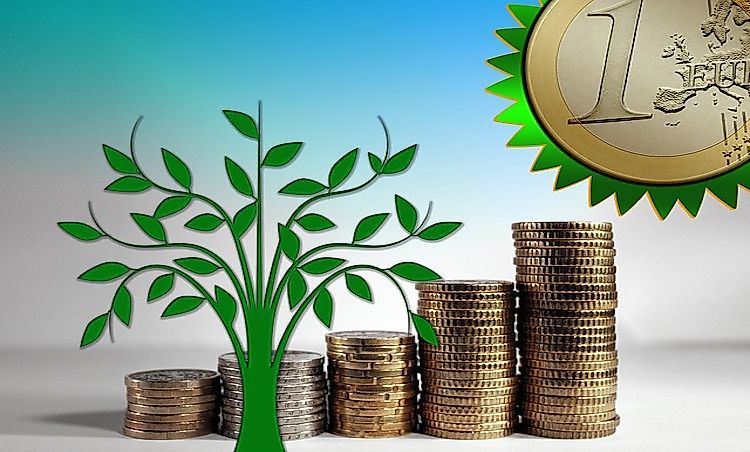The Green National Product: An Alternative To The Gross National Product?

What Is The Gross National Product ?
The national income and output in economics can be measured in several ways. The measurements are used to estimate the total economic activities of a country. Common measurements include the gross domestic product (GDP), gross national product (GNP), and net national income (NNI). These measurements focus on the amount of products and services that a nation produces. The GNP is the sum products and services generated by a nation or region annually by the labor and property of the citizens. GNP is the total of the GDP and any income generated by the people from foreign investment less the income gained domestically by the foreign residents. However, GNP has faced criticism because it does put into account the effects of environment and resource depletion. A new approach which considers these omissions known as the green national product has been invented.
Criticism Of The Gross National Product
The validity of GNP in respect to measuring welfare has been questioned by the economists, environmentalist, and other expert bodies. The GNP as a measure of the national economy is considered a deficient measure of long-term economic well-being in a resource-driven world. GNP includes environment on the wrong side of the balance sheet suggesting that both environmental pollution and clean-up are healthy for the economy if they are done at the same rate. GNP also complies spending that allows a nation to stay at the same place giving it no clue as to whether it is making progress or not. Therefore, the need to put into consideration the environmental degradation and resource depletion necessitate the need for a shift from traditional GNP to a more effective assessment of the national product that accounts for the environmental effects.
Overview Of The Green National Product
The Green National Product aims to allocate the omitted environmental degradation and resource depletion in the computation of the gross national product. The green national product indicates whether the activities involved in the production process benefits or harms the economy and the welfare. It revolves around social and economic factors which have been points of focus for many green movements. The green national product is different from the traditional GNP because it addresses both sustainability and the welfare of the planet and its inhabitants. Thus, the aspect of green accounting has gained considerable attention in recent years around the world.
Development Of The Green National Product
Scientists and economists for a long period have observed that expansion of an economy is inevitably limited by the ever increasing rate of depletion of natural resources. This observation led to the questioning of GNP as a measure of growth. The invention of Measure of Economic Welfare (MEW) in 1973 by William D Nordhaus and James Tobin indicated that nations that deplete their stock are not as well as was suggested by the national income. However, MEW also failed to encompass the depletion of natural resources. In 1989, John and Clifford Cobb created the Index of Sustainable Economic Welfare (ISEW) to replace the flawed GNP by taking into account the naturally unsustainable costs. In 1995, genuine progress indicator (GPI) was created by the Redefining Progress as an alternative to GNP. The GPI allowed policy makers to measure the wellbeing of the citizens economically and socially. The GPI can gauge the adjustment in the environmental depredation, income distribution, housework, and lifespan of a consumer. In the US, the Bureau of Economic Analysis (BEA) initiated work to create green accounting in 1992. The BEA began by measuring commodities such as coal and made its first publication in 1994. However, its work was suspended in 1995 by the Congress so that it could obtain the review of its finding from external review











